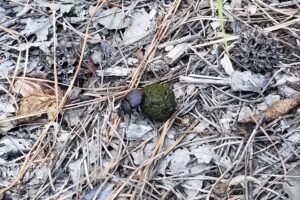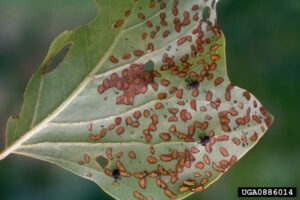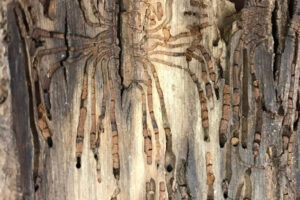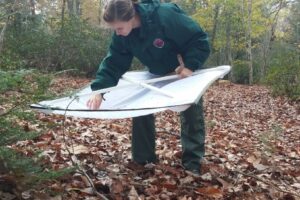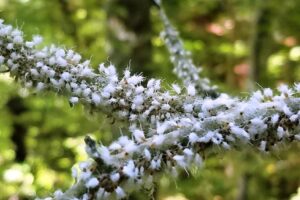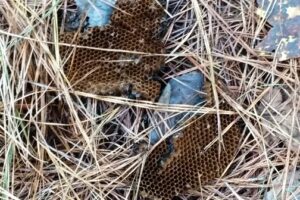Field Notes: What’s In The Woods Today? September 2, 2019
September 13, 2019 - By Project Learning Tree Coordinator Page Hutchinson Look A Little Closer… Although I work for the Virginia Department of Forestry, my job doesn’t actually allow me much time in the forest. Being a tree hugger from way back, I take as many opportunities as I can to get in the forest. On the recent Labor Day holiday, my friend Karen and I went for a hike on the Graves Mill... Read More


